You’re standing in your living room, watching a pair of amber eyes peek out from under the couch. Your new feline friend has been hiding for days, and you’re wondering if you’ll ever earn their trust. If this scenario sounds familiar, you’re not alone. Many cat owners face the challenge of bonding with shy or nervous cats.
The journey to building trust with a timid cat requires patience, understanding, and the right approach. These sensitive felines aren’t trying to be difficult; they’re simply protecting themselves in the only way they know how. Let’s explore the proven strategies that can help you transform your relationship from one of fear to one of deep, mutual trust.
Understanding Why Cats Become Shy and Fearful
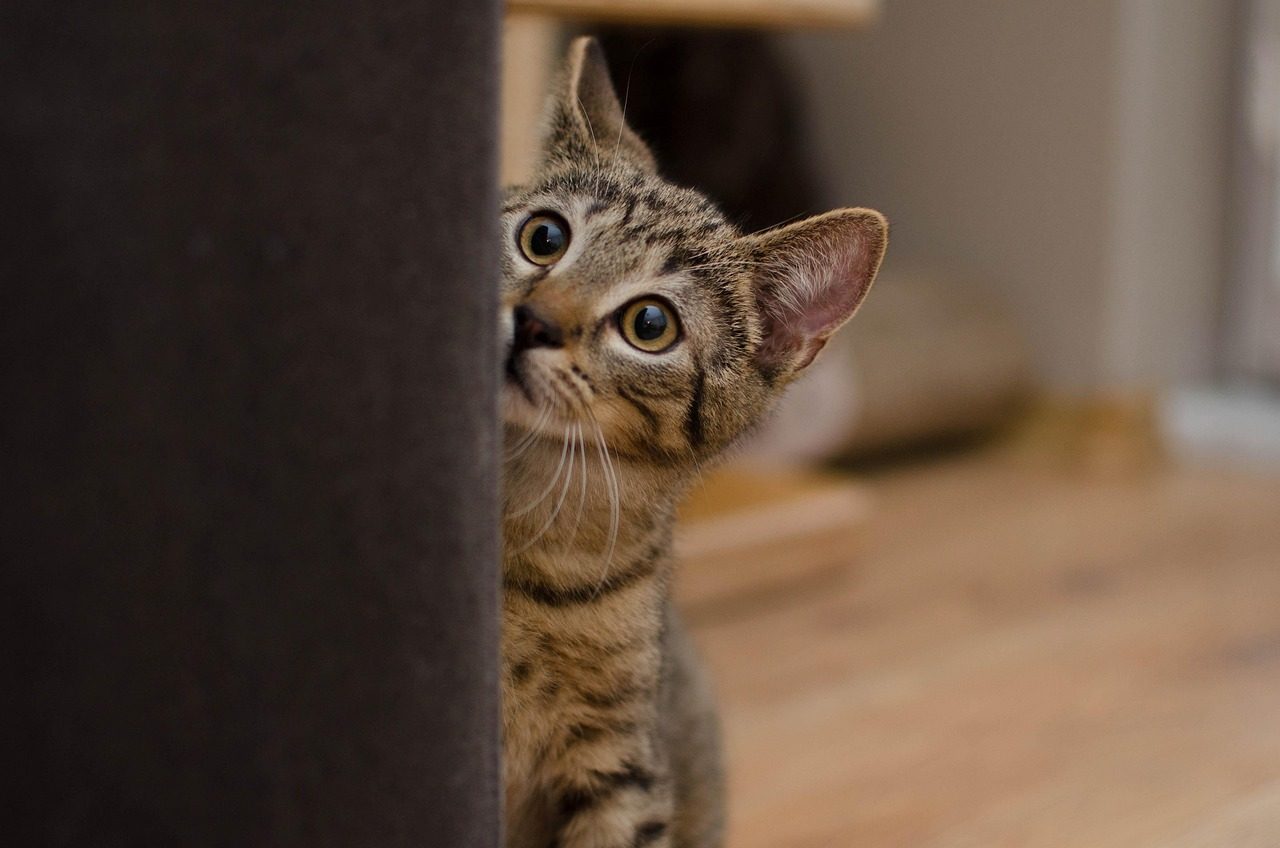
Unlike feral cats who have not been around humans and are afraid of any contact, shy cats are typically undersocialized. They may have spent part of the first year of their life in a shelter or situation where wasn’t much attention paid to them, or they haven’t been trained. Timid cats may be shy, cautious or nervous, especially if they have had little contact with people or were a stray. With patience and kindness, they often become incredibly loyal and loving companions.
Like humans, a cat’s behaviour and character are shaped partly by its experiences as a kitten. A cat’s past experiences significantly influence their current behavior, and understanding this helps you approach them with compassion rather than frustration. Being a fearful cat does not mean that they are incapable of giving or receiving love. Fearful cats can thrive. They need time and the patience of a loving home.
Creating a Safe Environment for Your Nervous Cat
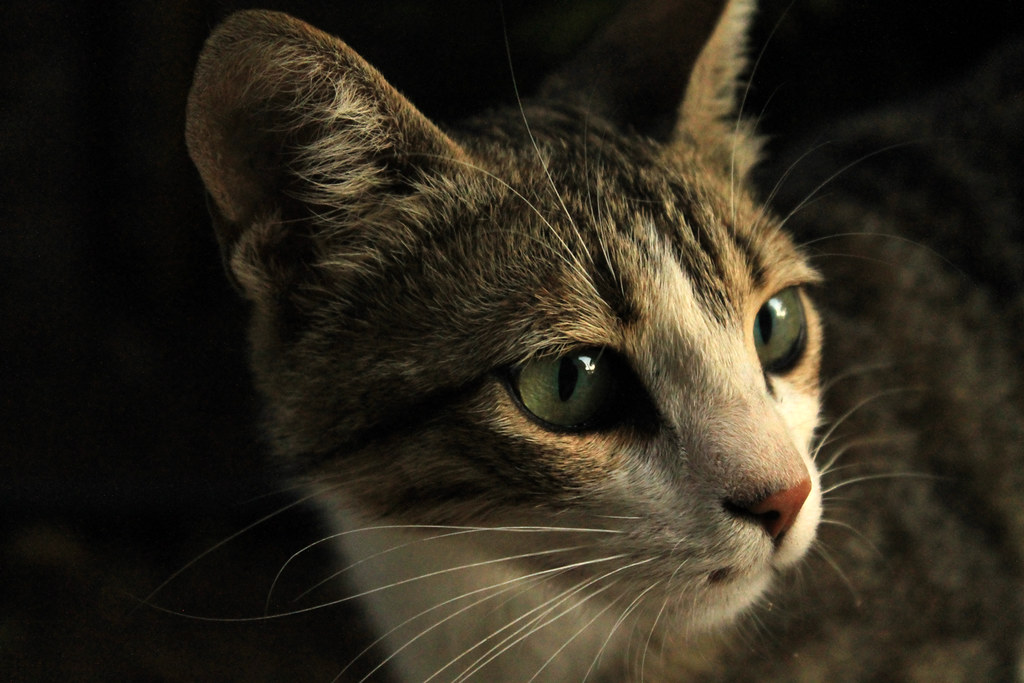
If given the choice, fearful cats will hide from humans. When bringing a fearful cat into your home, confine the cat to a small room with limited opportunity for hiding. A bedroom is ideal. However, this doesn’t mean eliminating all hiding spots. In saying that, keep in mind that no cat likes to feel exposed. Ensure the cat does have a shallow hiding spot.
Just as important as scratching posts and cat trees, cats should all have a safe place they can call their own and retreat to when they need it. Giving your cats space is an important pillar of building trust. Make sure to minimize changes in the home by keeping their litter boxes, food and water bowls, and bed in the same place, away from the main walkways. This consistency helps nervous cats feel more secure in their environment.
Learning to Read Your Cat’s Body Language
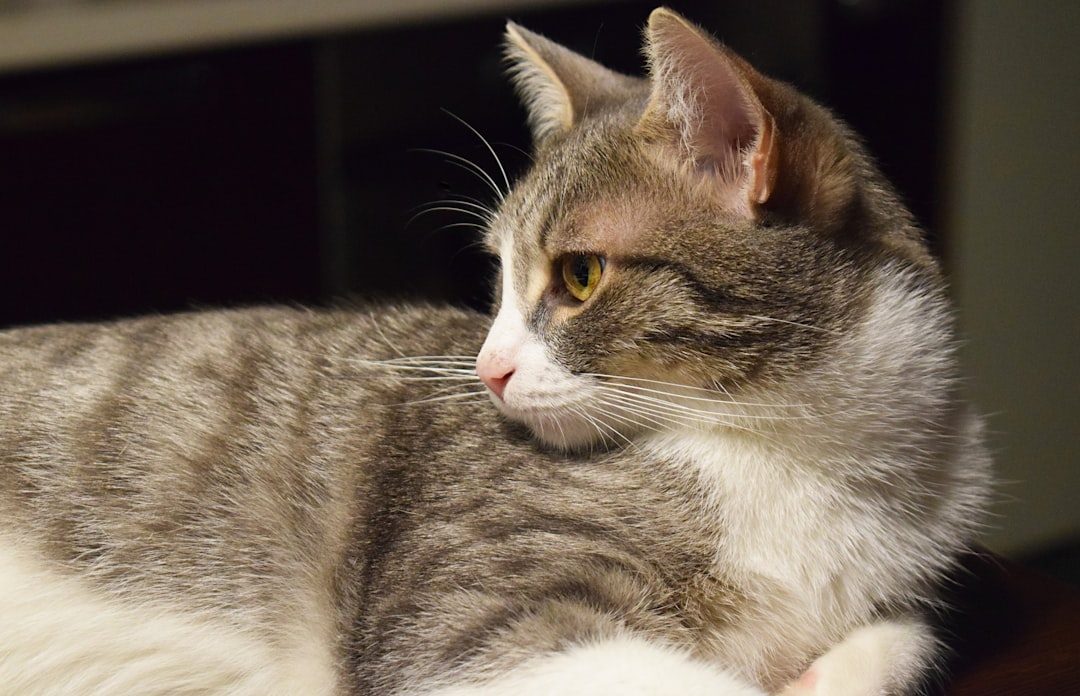
Learn more about feline body language. This will help you better understand the signals your kitty is giving off and when it is okay to engage them. Getting some insight into body language and vocalization, such as when your cat is afraid or aggressive, will help avoid making matters worse and also increase your cat’s sense of trust.
The tail is one powerful indicator. A tail held high or straight up indicates happiness and confidence. When a cat’s eyes are half-closed, that means he feels relaxed and comfortable. He may slow blink to show he likes (or even loves) you. Understanding these subtle signals prevents you from overwhelming your cat when they’re not ready for interaction.
If you notice that your cat appears tense, afraid or on edge, and you don’t approach them, that prevents you from violating your cat’s trust. If you only interact with your cat when they are relaxed and comfortable with what you are doing, it’s easier to build trust between the two of you. Knowledge of their body language allows you to react properly in any interaction with your cat, whether that means playing, petting, or grooming.
The Art of Slow, Patient Introduction
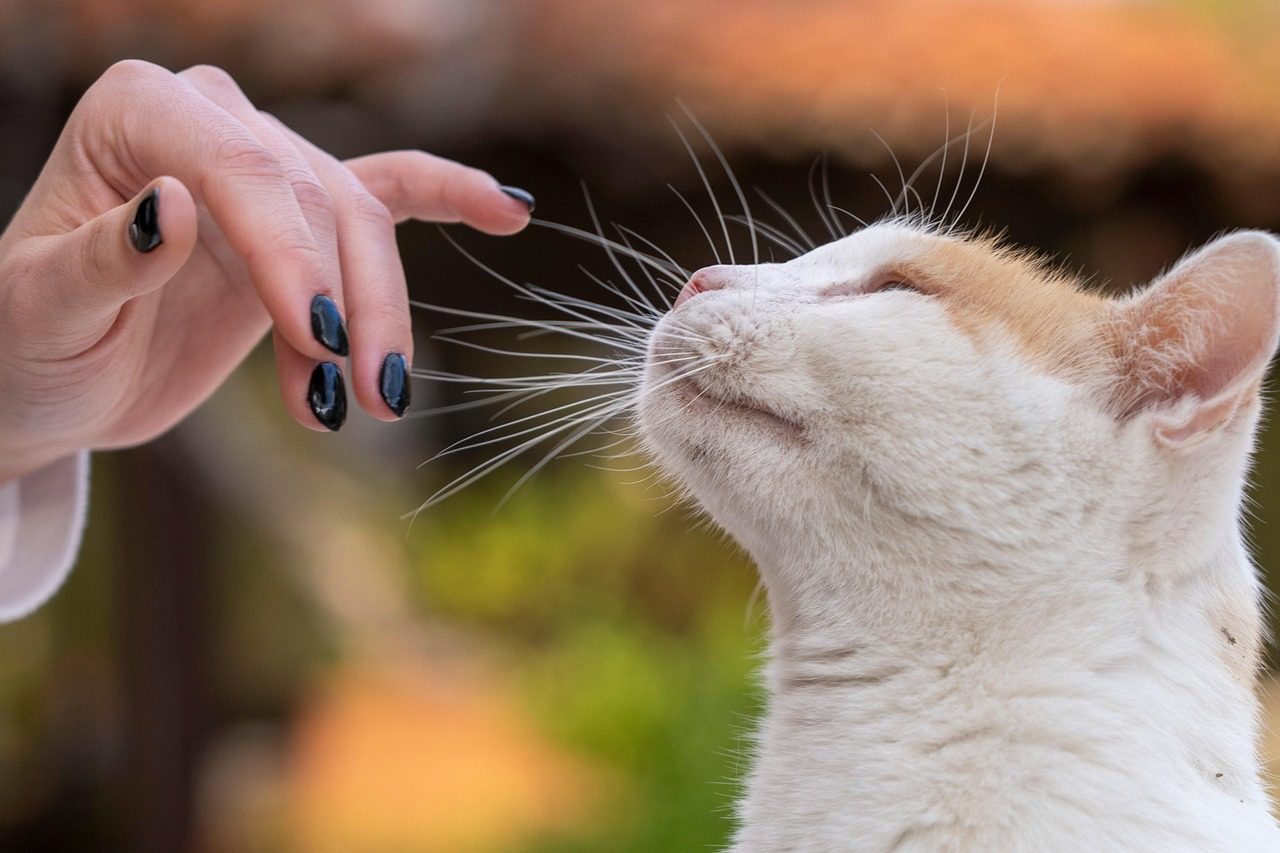
Always talk softly and move slowly around the cat. Avoid staring at her, since this can be · perceived as a threat. It helps to get down to the cat’s level when interacting with her instead of · towering over her. Having a human towering over them is going to be quite frightening for a cat. Try sitting down on the floor or a chair nearby so you don’t look so scary.
To introduce yourself to a new or shy cat, sit down and let the cat come to you and sniff as they please. Cats use scent to say hello. They have tiny scent receptors all over their body that release pheromones, or chemicals that communicate friendly greetings and swap information between cats. But don’t move too quickly into more interactions other than friendly scent swapping, like picking the cat up.
Short, frequent visits work best in the first few weeks. A five minute session twice a · day will do wonders. However if the cat can see and hear humans most of the time, that is ideal. This approach helps your cat gradually become accustomed to your presence without feeling overwhelmed.
Using Food and Treats as Trust-Building Tools
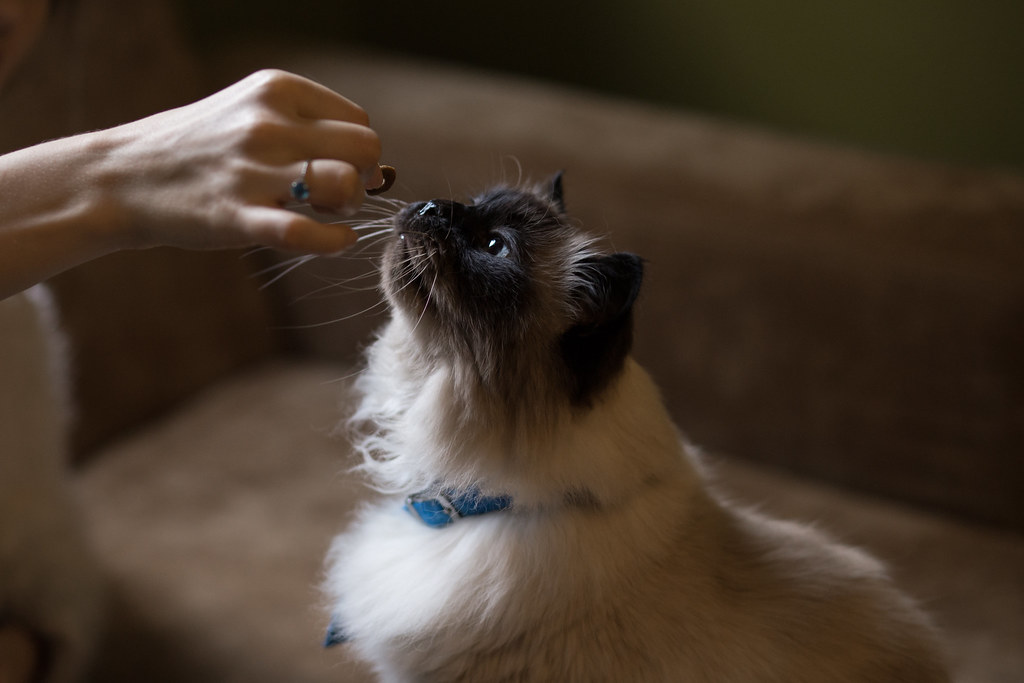
Spend time in the room, offering wet food or treats to your · new cat. This will help the cat make a positive association between you and the food. Food becomes a powerful motivator when building trust with nervous cats. Try a · particularly smelly brand of wet cat food or traditional cat treats, it can take some time to · determine what kitty likes best. You can also try very high value food treats, things like lunch · meat and baby food. Be creative: the higher the value of the food motivator, the quicker you · may see progress.
Hand feeding strong-smelling treats such as tuna or sardines helps build trust. Start by sitting far away and offering treats while talking gently. If your cat relaxes, gradually move closer to offer food by hand. If fearful, step back and let your cat come out when ready. The key is allowing your cat to set the pace and never forcing interaction during feeding time.
Respecting Boundaries and Never Forcing Interaction

Never force your cat to do something. Holding your cat against their will or forcing them to play will increase their fear and continue their anxiety around you. Do not force a cat to do anything. If the cat shows resistance, back off and try again later. This principle forms the foundation of trust building with nervous cats.
Give your cat choices and respect the choice she ends up making. Whether it’s a place to nap or perch, or an opportunity to play (or not), letting your cat decide what she wants to do will build her confidence and help her learn that you are not going to force her to do anything. Cats become stressed when they have no control over their environment (that’s one reason why animal shelters can be so difficult for them), and enjoy having choices about when, what, where, how, and who to interact with.
When they come closer, even if it’s within reach, don’t break the trust and don’t try to touch them; that could break the trust you’ve built. The first contact with a cat should always be initiated by the cat. Patience during these moments demonstrates to your cat that you’re a safe, trustworthy presence in their world.
Building Positive Associations Through Play
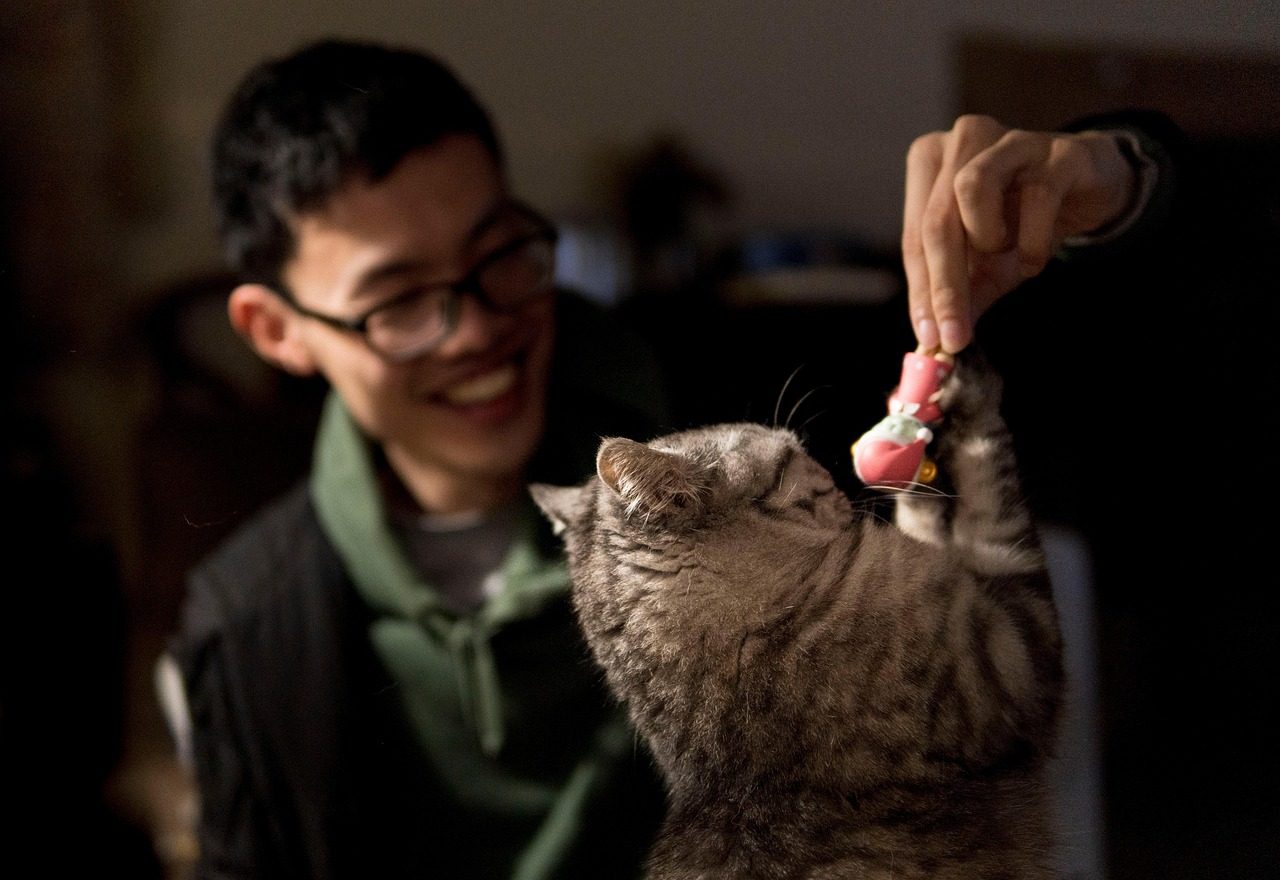
Play regularly and often with your cat. Cats start socializing as kittens with play. They learn to trust each other, define boundaries, and interact mindfully thanks to their hunting instinct. When a cat is playing, it’s in hunting mode, and when in hunting mode, cats are fearless. This makes play an incredibly valuable tool for building confidence in nervous cats.
Shy cats may prefer toys focused on a distant object, such as a feather wand or laser pointer. Others may respond well to catnip filled mice or other catnip toys. Once you find the ones they like, find a few moments each day for activities and play. Try slowly moving a fishing rod toy across the floor a meter or two away from them to see if they stalk it. Or slowly bat a ping pong ball towards them to see if they chase it. Catching toys releases happy hormones in cats’ brains. Playtime is a great way to bond with them and may lead to head bumps eventually!
Recognizing Signs of Growing Trust
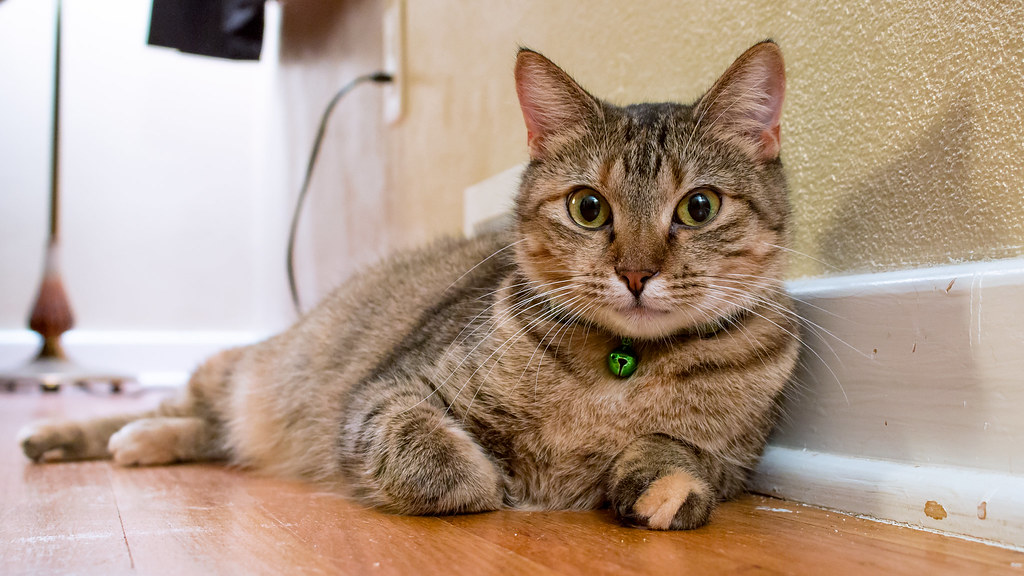
As your patient efforts begin to pay off, you’ll notice subtle changes in your cat’s behavior. When a cat is curious enough to stay around you, even if they don’t allow you to touch them, they are being curious and trusting. If your cat eats when you are around, even if you are not able to reach them, they are being vulnerable by not looking at you and focusing on the meal. This is a good sign that the cat is starting to trust you, and you can potentially use food to get them to come closer.
Cats show they trust you by showing affection in the form of head bunting, purring, sitting on or near you, showing their belly or butt, following you around, and playing with you. In cat language, a slow blink is a sign of trust and affection. You can send some of the same vibes back at your cat by slowly blinking in their direction. This is also known as “cat kisses” or the “love blink”.
If a cat is rubbing against you with their head, their mouth, or their tail, they are marking you as safe. This is the ultimate sign of trust. When you see these behaviors, celebrate quietly; you’ve successfully begun building a meaningful bond with your once-fearful feline.
Building is one of the most rewarding experiences you can have as a pet owner. The process demands patience, understanding, and respect for your cat’s unique personality and past experiences. Remember that every small step forward is significant progress, even if setbacks occur along the way.
Gaining a shy cat’s trust takes time and consistency. The investment you make today in learning your cat’s language and respecting their boundaries will create a foundation for a loving, lifelong relationship. Your formerly fearful feline has the potential to become your most devoted companion, and that journey begins with your commitment to earning their trust, one gentle interaction at a time.
What moments have you found most rewarding when building trust with a shy cat? Share your experiences in the comments below.





